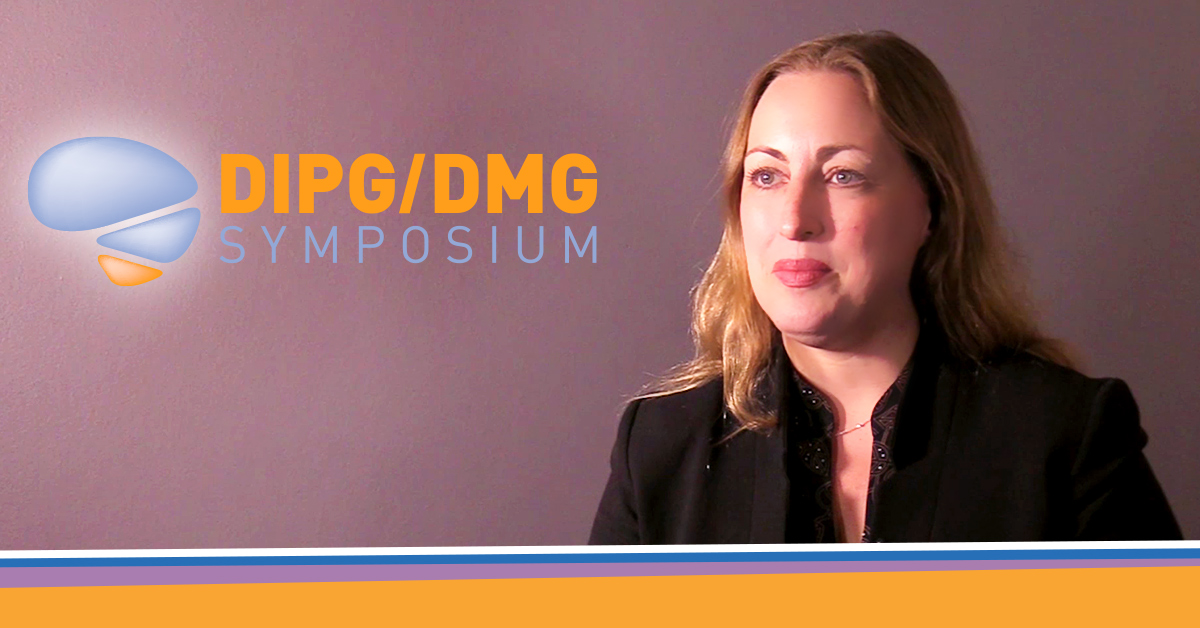At the recent DIPG/DMG Symposium held in Sydney, Austalia we sat down with researcher Dr. Michelle Monje to discuss the progress of current research and get her opinion on the future of DIPG.
Q: Where do you think we are? How close to a cure?
MM Answer: We are making Consistent strides forward. We are starting to put the puzzle pieces together of what might be an effective combination strategy. We are an order of magnitude closer then when we started having the symposium 10 years ago.
Q: Where has our progress been?
MM Answer: 10 years ago we knew nothing, literally nothing. No experimental model systems. No idea what the mutational profile was. No idea DIPG was fundamentally different from adult GBM. Didn’t know what the cell of origin was. Didn’t know anything, nor did we have the tools to study it.
Now we know the molecular context of the disease. We understand the mutational profiles. We understand what that does to epigenetic regulation of gene expression.
Now we have tools to study the disease because of patient tissue donation. We know about the molecular underpinnings of DIPG only because of patient tissue donation.
We have tools to study each DIPG subtype. We are developing better and better genetic mouse models. We understand what developmental process gives rise to DIPG when there is a mutation in a specific cell type. We understand what some of the drivers are in the normal brain that promote progression of DIPG. We have ideas of the kinds of targets we need to hit well to make a difference for kids.
We have come an enormous way. Progress in all DIPG-related fields is really lifting us up. There is so much scientific advancement in so many different areas.


